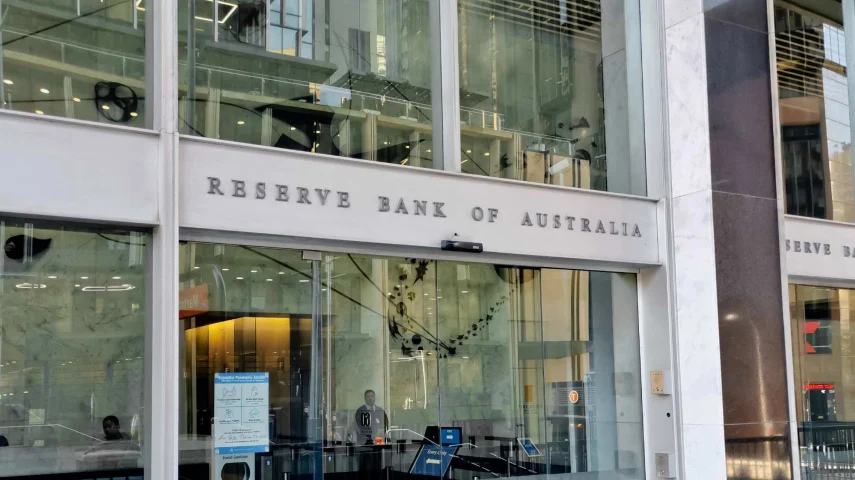Markets surprised by June rate call



The Reserve Bank of Australia (RBA) has defied rate hold expectations in June, raising it by 25 bps in the continued battle against inflation.
It now stands at 4.1 per cent, marking an 11-year high.
In a press conference shortly after the announcement, Treasurer Jim Chalmers said the RBA rate hike marked a “difficult day for Australians.”
“The rate rise is not because of the budget and not because people on the minimum wage are being paid too much. This rate rise is because inflation is more persistent in the economy than any of us would like,” he said.
“What I’m acknowledging is that this interest rate rise will put more pressure on people who are already under the pump. It’s for the Reserve Bank and its board in the usual way to explain and defend the decisions that it takes independently, but I think out there in the community, people who are under pressure will find this decision hard to cop and they will need help understanding it.”
According to Andrew Canobi, director of fixed income at Franklin Templeton, the bank had moved the cash rate “even deeper into restrictive territory”.
“This is despite employment in May being softer, wages growth contained and retail trade cooling significantly,” he explained.
“The RBA seems to have taken fright from the minimum wage decision which is strange given it was arguably only marginally above expectations. The monthly CPI print which follows several monthly undershoots is volatile and not a particularly reliable indicator so ascribing a lot of weight to this recent number, as they appear to have done, is a little surprising.
“The outlook for the Australian economy looks fairly grim from here as the household sector continues to get indigestion from an abundance of hikes that are still making their way into the economy.”
Russel Chesler, head of investments at VanEck, said that with one of the lowest real policy rates in the developed world, Australia had room to move on rates to contain inflation, but there was likely to be upward pressure ahead.
“RBA governor Phillip Lowe recently told a parliamentary inquiry that the battle against inflation is far from over, and with increasing public and non-public sector wages, higher monthly CPI, increasing property prices and still buoyant retail sales, the battle is ongoing. Rates could be set to stay higher for longer,” he said.
He believed markets were overestimating the likelihood of an RBA pivot and there could be another rate hike up the RBA’s sleeve in July or August.
“That being said, some factors driving stubborn inflation are supply-driven. The RBA cannot influence supply, only demand. An easing in supply issues in coming months would give the central bank some breathing room,” Chesler said.
Anneke Thompson, CreditorWatch chief economist, highlighted existing pressures from the rental market, with housing being the single biggest contributor to the CPI basket.
“However, the RBA will be aware that a higher cash rate is not the answer to reducing rental increases,” Thompson explained.
“And while consumer demand is definitely dropping overall, non-mortgaged and non-renting households continue to spend up on services, particularly in the tourism, cafes and restaurants and health sectors, making inflation stickier in these areas of the economy.”
Recommended for you
Clime Investment Management has welcomed an independent director to its board, which follows a series of recent appointments at the company.
Ethical investment manager Australian Ethical has cited the ongoing challenging market environment for its modest decrease in assets over the latest quarter.
Commentators have said Australian fund managers are less knowledgeable compared with overseas peers when it comes to expanding their range with ETFs and underestimating the competition from passive strategies.
VanEck is to list two ETFs on the ASX next week, one investing in residential mortgage-backed securities and the other in Indian companies.















